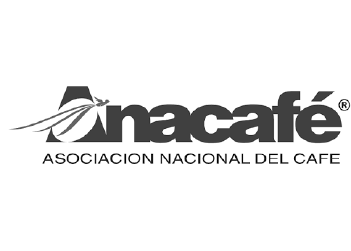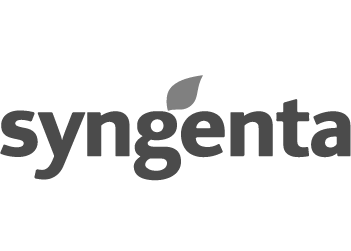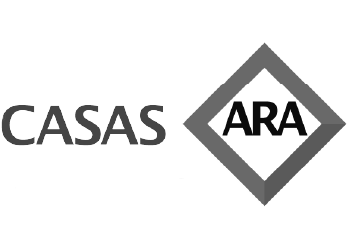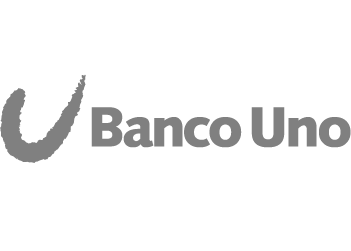Cost Efficiency
and Optimization
COST OPTIMIZATION
A constant struggle of entrepreneurs is to increase their sales levels. This approach does not necessarily generate a higher margin. We have seen numerous cases where costs and expenses are not properly managed and the increase in volume results in lower margins. Let's focus on expenditure management. These can be classified into:
• Fixed expenses: expenses that, month after month, remain constant, regardless of fluctuations in the volume of work done. Some examples are wages, taxes and insurance.
• Variable expenses: expenses that change in total amount, related directly to the fluctuations in production or volume of work done,
They are also identified as:
• Impact in the short term: these accounts are subject to optimization by developing immediate strategies.
• Impact in the medium and long term: these accounts are related to the balance sheet assets and liabilities accounts.
• Indicators: for measuring and monitoring expenses.

The Challenge
Sometimes, companies begin to view their expenses as normal and necessary for the operation, forgetting the opportunity for optimization potential through proper management. Some reasons include:
- Lack of planning on spending budget without calculating the estimated amount by item.
- Lack of proper allocation of expenditure by the cost center, resulting in inadequate control and measurement.
- Failure to assign responsibility for the control and management of each category of expenses.
- Absence of an organizational culture focused on rationalization of expenditure.
- Lack of feedback, lack of knowledge of the opportunity areas and how each employee can impact the improvement actions.
- Reactive and late behavior to the breach of the expenditure budget, once they have already executed it.
Hence, London Consulting Group supports its clients to identify areas of opportunity to optimize costs which can be controlled. Together, with their personnel, we define and implement actions to rationalize.
We analyze how these expenses are hired or incurred, which ones are sub-accounts, what triggers the consumer, who authorizes the expenditure, product or service providers, and current conditions of the agreement, amongst others. Later, we identify the four rationalization alternatives:
- Elimination.
- Restriction.
- Negotiation.
- Replacement.
The actions to manage spending must be continuous, not only punctual or sporadic. To do this, our methodology allows companies, over time, to master the tools and procedures to support the actions implemented, therefore having a positive impact on profitability.
01.
Cost Efficiency and Optimization
Solutions
- Expenditure budget model.
- Detailed analysis of expense accounts. Pareto classification of accounts.
- Assess the accounts to impact.
- Implementation of the Corrective Action Plan Committee.
- Proposed solutions for the rationalization of expenditure.
- Control bureau and allocation of major accounts to a guardian account.
- Define policies: levels of authorization and operating ranges.
Benefits
- Decreased accounts of impact expenses while improving profitability.
- Improved compliance rate to the budget of expenses.
- Visibility and transparency in the implementation of expenditure.
- Increased customer retention and incorporation of new ones.
- Spending control, while generating responsibility and accountability on staff.
"The management of change, the dedication of the team members, and the methodology applied and transferred in the different phases of the project were very useful for our business and for the achievement of the objectives set, highlighting the reduced spending by 33% by implementing control strategies."
President, Anacafé (Guatemala)






.png?width=180&height=71&name=Logo4%20(1).png)